Using scenario building to think through options for your service or policy

In this blog post Serena outlines how you can use scenario building workshops to understand the consequences of design decisions and imagine different futures

In this blog post Serena outlines how you can use scenario building workshops to understand the consequences of design decisions and imagine different futures
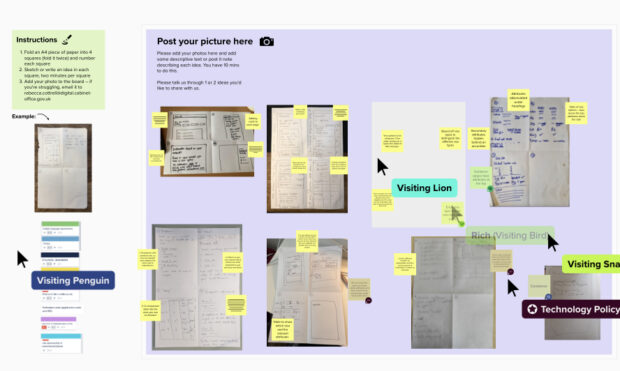
In this post designers share how they designed and ran a 1 day design sprint, and what they learned along the way.
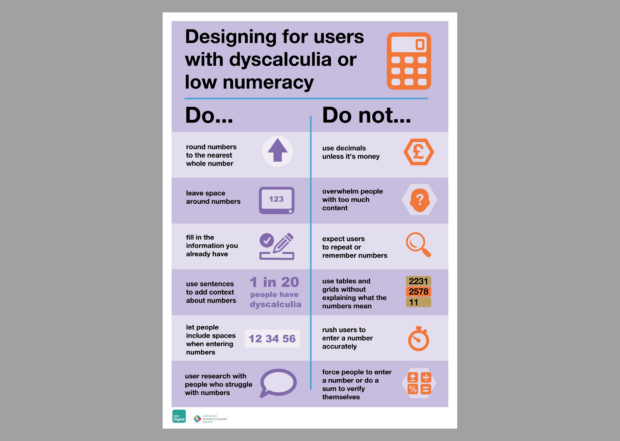
We often forget that some people struggle with numbers, which can make our services really hard to use. But, there are things you can do to make your services more accessible.
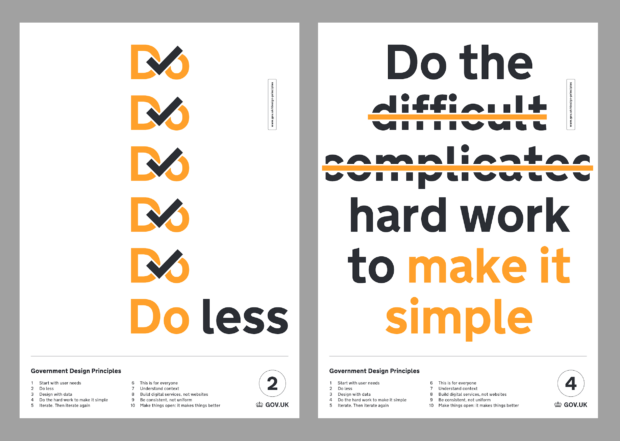
Laurence Berry gives examples of how you can apply the principles of 'do less' to your work
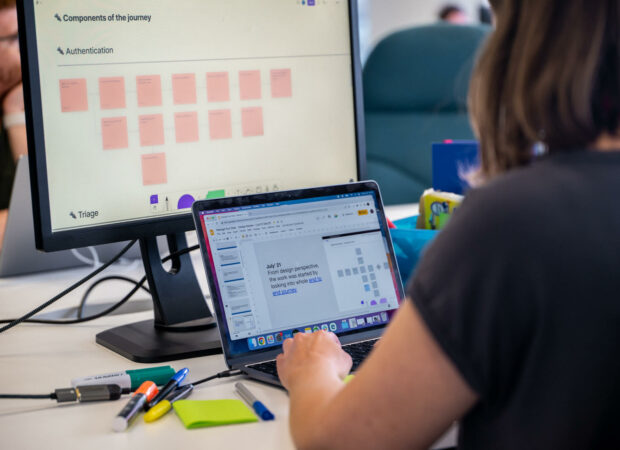
Behind every service is a rich history of design decisions. Ignacia and Arindra provide insight into how they go about documenting the design history of a product or service.

How can designers advocate for change without alienating our stakeholders? Meet the trusted agitator.

Read for tips on how and why to embed design training within your organisation
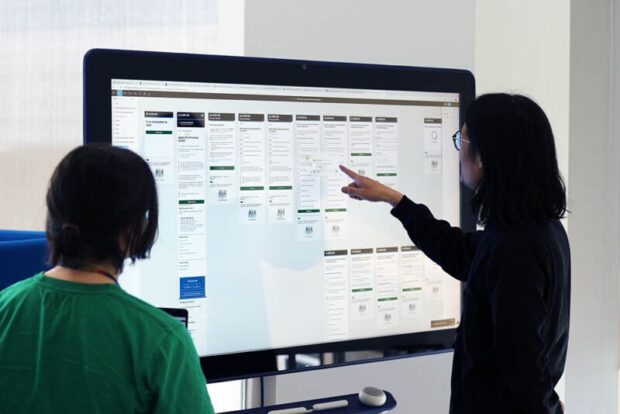
At our career events, attendees often ask us what a day in the life of a designer looks like. In this blog post, 3 interaction designers in different career stages are telling.
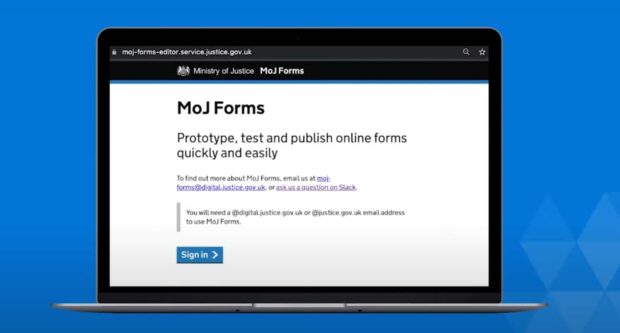
To create government forms easily and quickly, we realised our platform needed to not only use the GOV.UK Design System for but go beyond it.
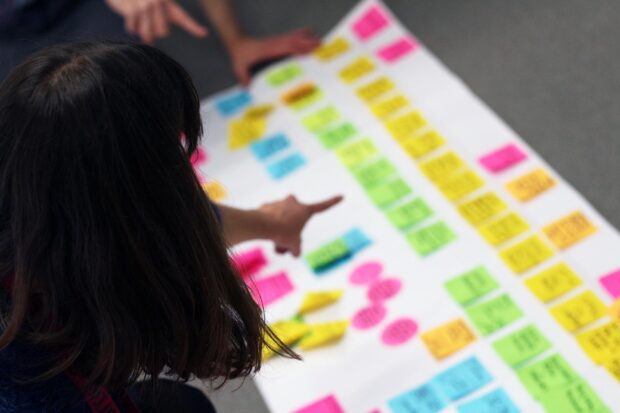
In this blog post, we give an overview of the design recruitment process and what to expect once you’ve applied for a job.